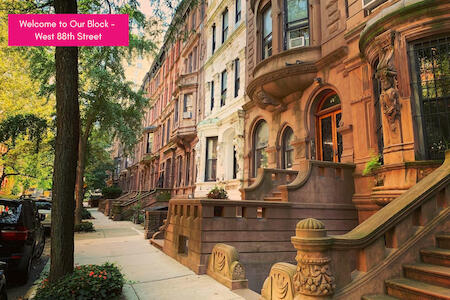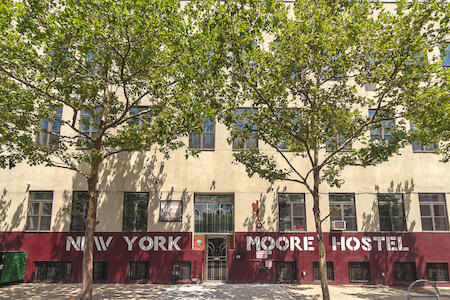Backpacker’s Guide to Little Italy
Little Italy is one of Manhattan’s most iconic districts, even though the neighborhood itself is small today. Centered on Mulberry Street, between Canal and Broome, it still carries the spirit of the Italian immigrants who once filled the area. If you’re staying at hostels in Little Italy, Manhattan, you’ll be in a pocket of New York where old traditions and timeless food culture live side by side with Chinatown and Nolita.
What makes Little Italy so appealing to backpackers is its location. Walk north and you’re in Nolita within minutes. Head south, and Chinatown surrounds you with affordable food markets and dumpling shops. Tribeca and SoHo are nearby too, making this district a great downtown base where you can explore multiple neighborhoods without relying too much on transport.
Most hostels in Little Italy, Manhattan are compact and social, perfect for travelers who want to step into a neighborhood with real cultural roots. You’ll smell pizza baking as you walk Mulberry Street and see murals that tell the story of New York’s immigrant past. It’s a district that never loses its character.
Transportation
Getting around from Little Italy is easy. Multiple subway lines border the district, connecting you uptown, downtown, or over to Brooklyn.
- Canal Street Station (6, N, Q, R, W, J, Z): One of downtown’s biggest hubs, just steps away.
- Spring Street (6 train): Quick access to the east side and uptown.
- Bowery Station (J, Z): Direct to Brooklyn or further downtown.
Because the district is compact, walking is often faster than waiting for a train. You can reach Chinatown in seconds, Nolita in three minutes, and SoHo in five. For backpackers, this means less money spent on transport and more freedom to explore on foot.
Traveler Essentials
Little Italy has no shortage of essentials. Mulberry Street is lined with old-school Italian restaurants and bakeries, many of which have been around for decades. While some cater to tourists, you’ll also find affordable slice shops and delis scattered through the area.
Bodegas are on every corner, most open late into the night. Chinatown’s markets are steps away, offering cheap produce, snacks, and meals. Laundromats are available throughout the side streets, and small pharmacies and ATMs are easy to find. For coffee or Wi-Fi, Nolita’s cafes are just around the corner, giving you everything you need without leaving the district.
Evergreen Cultural Notes
Little Italy has been tied to New York’s Italian immigrant story for over a century. The Feast of San Gennaro, held every September, has been celebrated here since 1926 and continues as a major cultural tradition. Even outside festival times, the red, white, and green decorations along Mulberry Street remind you of the area’s heritage.
Landmarks like the Italian American Museum and the many murals along the walls keep the neighborhood connected to its roots. The atmosphere here, with its old cafes, bakeries, and small trattorias, carries a timelessness that never fades. It may be smaller today than in the past, but Little Italy still offers a unique cultural experience you can’t get anywhere else in Manhattan.
Why Stay Here as a Backpacker?
Staying at hostels in Little Italy, Manhattan means being based in one of the most historic corners of the city. You’ll have affordable food, easy transport, and walking-distance access to Chinatown, SoHo, and Nolita. For backpackers, it’s an area that combines culture, practicality, and history in one place.
- Central downtown location surrounded by other key districts
- Subway access at Canal, Bowery, and Spring Streets
- Cheap food from Chinatown alongside Italian staples
- Historic cultural traditions like the Feast of San Gennaro
- Compact size that makes exploring entirely on foot easy
Summary
For backpackers who want history and culture packed into a walkable area, hostels in Little Italy, Manhattan are an excellent choice. You’ll be surrounded by Italian heritage, Chinatown’s food culture, and Nolita’s creative edge—all within a few blocks. Add in reliable subways and timeless local traditions, and Little Italy becomes an evergreen base for budget travelers exploring New York City.




